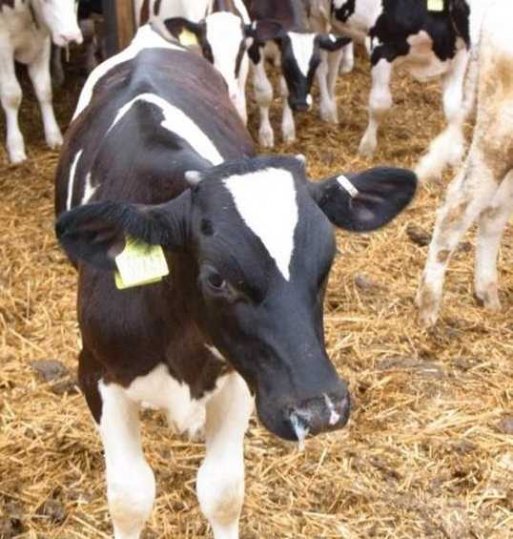Calf Pneumonia: signs, symptoms and prevention tips
Signs & Symptoms
- Coughing
- Increased respiratory rate and effort
- Discharge from the nose and eyes
- Reduced appetite
- The animal is unable to get up / dies

Factors affecting the condition
The calf
- Colostrum
- Nutrition
- Mixing
- Transport
- Stress
The Shed
- Ventilation
- Stocking density
- Group ages
- Mixing
- Weather
The Bug
- Type (bacteria or virus)
- Vaccination status of calf
Prevention
Prevention is better than cure and this is never more apt than when talking about calf penumonia.
- Improve hygiene
- Improve housing
- Ensure adequate colostrum (quality, quickly and a large enough quantity)
- Reduce stocking density
- Reduce stress
- Vaccinate
- Keep different age groups separate
Vaccination
Many pneumonia vaccines are available. Selection should take into account the likely diseases involved, how early the vaccine can be administered, how quickly and for what duration protection is required.
They should be administered before the main risk period.
Vaccinations are valuable in controlling peneumonia, but are not a substitute for good amangement.
Treatment
Anti-inflammatory
This will reduce lung inflammation and restore growth rates more quickly
Antibiotic
Whilst many cause of pneumonia are viral (which antibiotics will not treat), secondary bacterial infections are common. As pneumonia can be highly infectious, your vet may recommend treatment of in -contact animals. Please discuss this with your vet before embarking on any unnecessary treatment regimes.
- 1st November 2021
